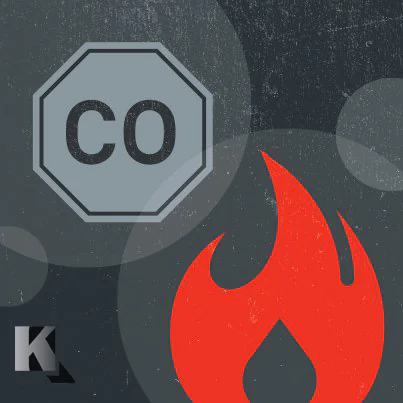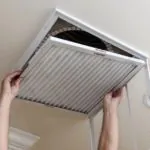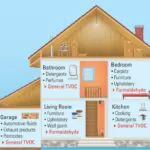Special thanks to Jim Bergmann, the founder and CEO of measureQuick. Jim gave a presentation about combustion analysis and the dangers of carbon monoxide at the 2020 HVACR Training Symposium at the Kalos HQ. His presentation was the source of a lot of the safety information in this article, and we appreciate all that he has done to promote education in the HVAC industry.
If you have a gas furnace, range, or fireplace, then you may be at risk of carbon monoxide exposure. Carbon monoxide, also called CO, is a dangerous vapor that displaces oxygen. Most of CO’s danger comes from the fact that it’s colorless and odorless, meaning that you can’t detect it before you start feeling sick from it.
CO results when combustion appliances (like gas furnaces and ranges) fail to burn the fuel completely. The normal products of complete combustion are carbon dioxide (CO2) and water. However, a malfunction of the equipment may cause incomplete combustion to occur and CO to appear in your home.
This article will cover potential sources of carbon monoxide exposure and teach you how to protect yourself from CO today.
COMBUSTION
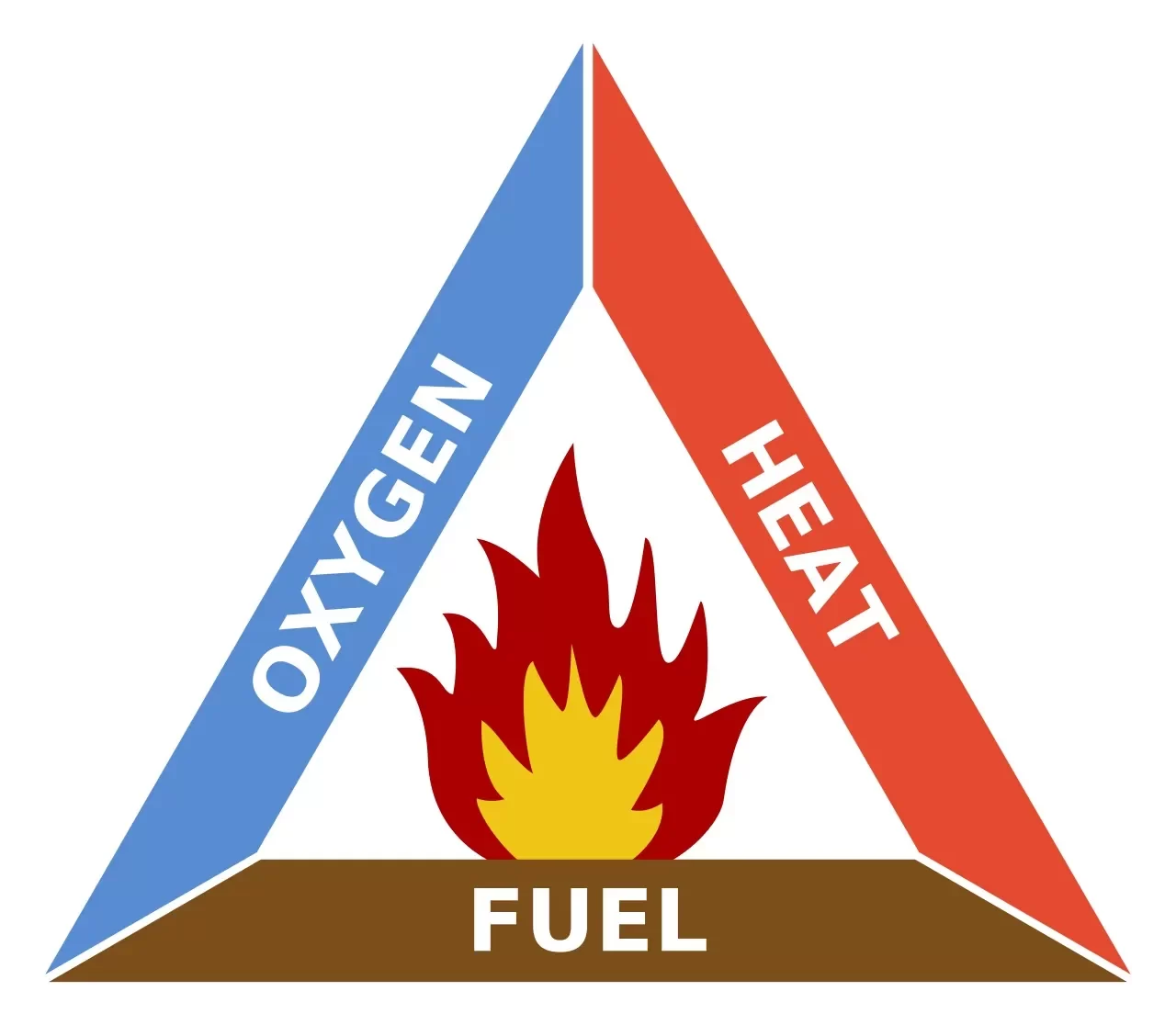
“Combustion” is the process of burning something.
In order for something to burn, there must be heat, fuel, and oxygen. We call that combination of objects the “combustion triangle.” Without all three, burning will not occur; that’s why you can use a fire blanket to extinguish the fire by cutting off the oxygen supply. Alternatively, wood in a room filled with oxygen won’t catch fire if there isn’t a heat source, and very high temperatures can’t cause a fire without wood, butane, natural gas, or any other fuel source.
A furnace provides an environment where all three are present: natural gas/oil/wood (fuel), ignition (heat), and air (oxygen). The same can be said of your fireplace or range. There will be combustion whether your fuel source is natural gas, wood, coal, or oil.
CHARACTERISTICS OF CARBON MONOXIDE
As stated earlier, carbon monoxide is a colorless, odorless gas. It is also tasteless, so it is unable to be detected by our senses. (We may be able to feel the effects of CO poisoning, but we can’t detect the gas itself.)
Carbon monoxide also mixes very well with the oxygen in the air. It doesn’t rise (like natural gas) or sink (like carbon dioxide). In addition, CO follows the flow of air in a structure, so it behaves the same way as the air we breathe. CO is poisonous because it displaces oxygen in our bloodstream; it behaves just like oxygen, and our bodies can’t tell the difference.
Our lungs take in carbon monoxide, and it goes into the bloodstream from there. The heart pumps that oxygen-poor blood to the rest of the body, and our internal organs can’t get the oxygen they need because CO is in the blood instead. In a sense, our bodies end up suffocating from the inside out.
SYMPTOMS OF CARBON MONOXIDE EXPOSURE
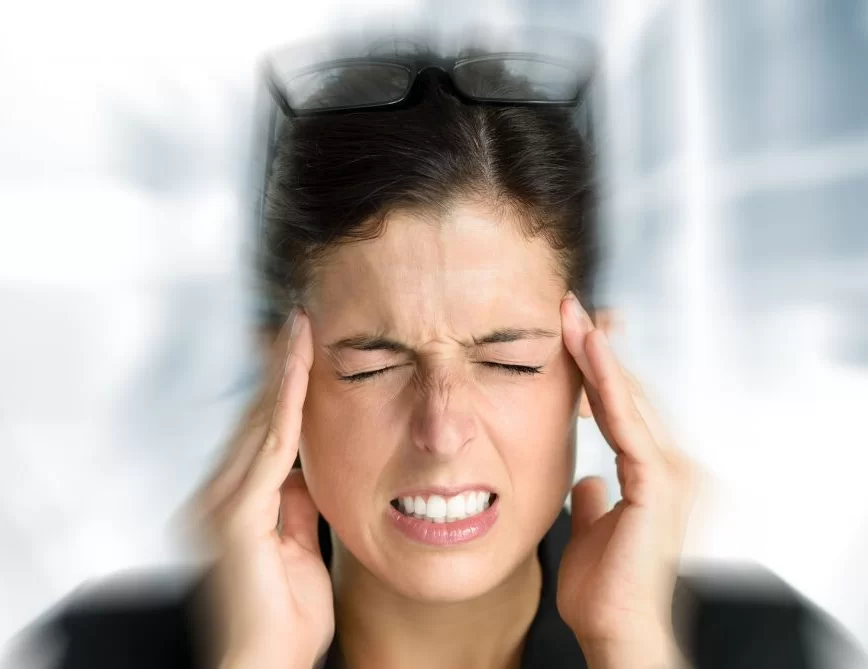
Ideally, we would all be able to recognize CO in the home before we start getting sick from it. However, we can prevent CO deaths by recognizing the symptoms of CO exposure before anybody succumbs to CO poisoning. (Note: People who are sleeping or intoxicated may die before they can recognize the symptoms of CO poisoning.)
When you’re inside a building often or for long periods, watch out for the following symptoms:
- Persistent headaches
- Dizziness
- Blurred vision
- Nausea
- Fatigue or drowsiness
- Shortness of breath
- Confusion
- Feeling ill or tired at home but feeling fine outside the building
You can really begin to suspect a CO problem if you feel sick inside your home but feel fine when you’re outdoors. That symptom pattern indicates that something inside the home may be making you sick, and it’s worth asking a professional to investigate the source of your sickness.
It’s also worth noting that these symptoms can occur whenever oxygen is displaced. If you were to fill a room with carbon dioxide and drive out most of the oxygen, you could experience the symptoms listed above. Headaches and other neurological conditions are among the most common symptoms because your brain is not getting the oxygen it needs.
POSSIBLE CARBON MONOXIDE SOURCES IN YOUR HOME
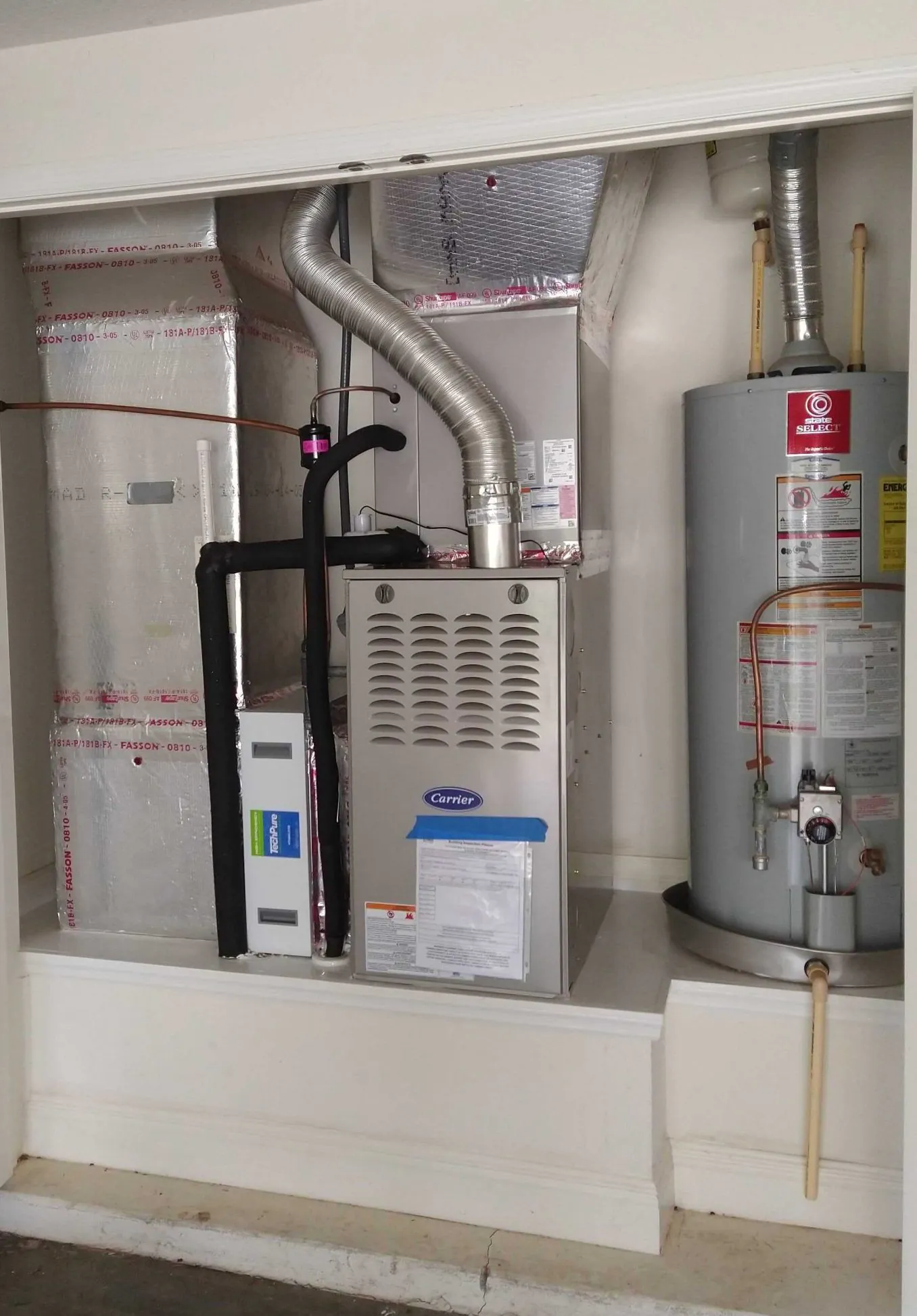
Even if your home doesn’t use gas at all, such as if you use a heat pump and an electric range, you may still have carbon monoxide risks in your home.
Some of the most common sources of carbon monoxide include:
- Fuel-burning furnaces and water heaters
- Gas ranges and ovens
- Vehicle emissions (especially in garages)
- Fireplaces
- Tobacco smoke
- Fuel-burning space heaters
- Fuel-burning boilers
Sadly, there are cases where remote car starters have caused vehicles to start by themselves in closed garages. In cases when the problem wasn’t caught, the CO from the running vehicles ended up killing occupants within the home. That is a relatively uncommon occurrence, but it is still a possibility due to the risk of keeping CO-producing vehicles indoors with a means of starting automatically.
PROTECTING YOURSELF AGAINST CARBON MONOXIDE POISONING
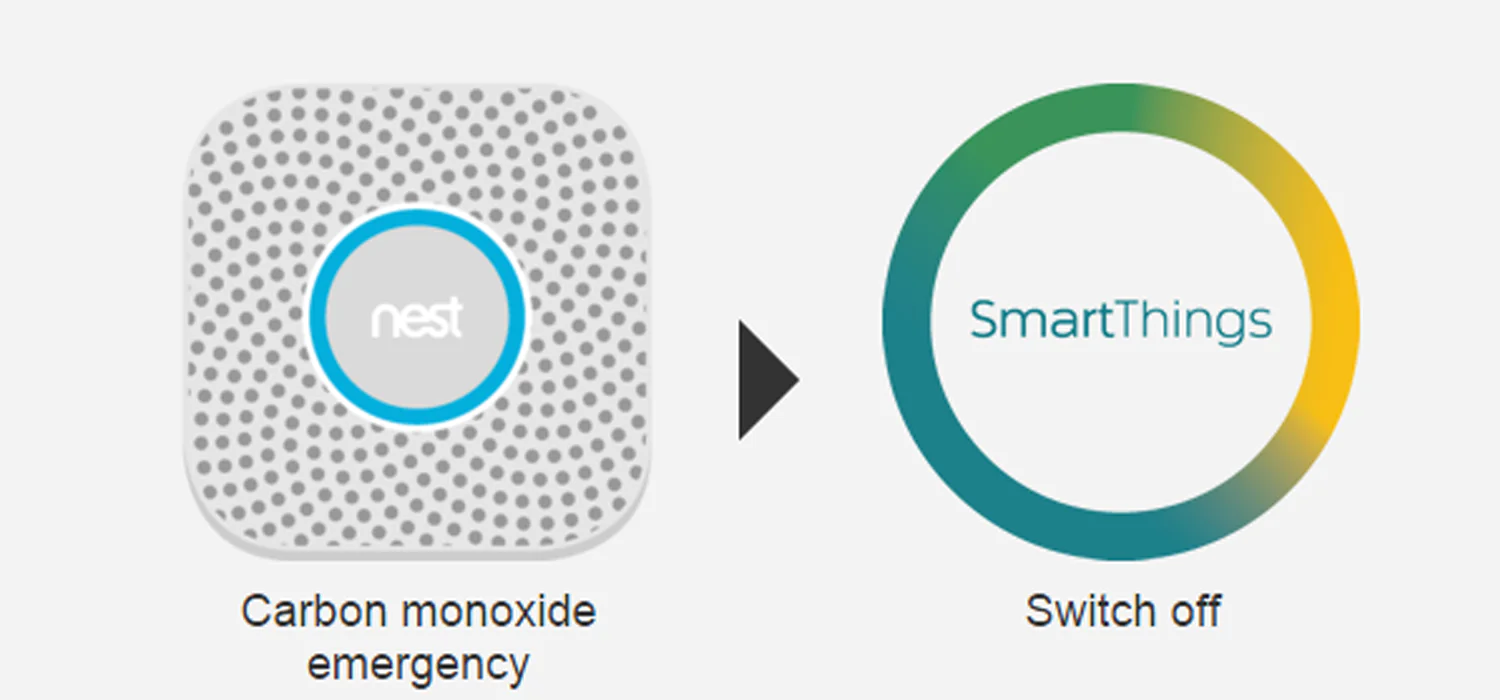
To protect yourself from carbon monoxide poisoning, try to refrain from smoking or operating vehicles in enclosed spaces. You can also reduce your risk of carbon monoxide exposure by using portable grills, lawn equipment, and other fuel-consuming devices outside.
You can also buy a CO detector for your home (better yet, a low-level CO detector). That way, you will have an alarm that can detect the presence of CO even though your body cannot. Some smart thermostat extensions, like the Nest Protect, may also monitor CO and even send you texts or shut off gas appliances when a CO risk is detected. If you already have a CO monitor in your home, the CDC recommends replacing the batteries every six months to make sure it stays in top condition.
However, it may be a bit trickier to make sure your fuel-burning appliances don’t pose a CO risk. The best thing you can do is hire a professional to inspect your fuel-burning appliances yearly. These appliances include your furnace, fireplace, stove, and water heater. If you can safely access the flue of your combustion-burning appliances, you may consider checking it on occasion to make sure that it isn’t blocked (such as by a bird’s nest).
If you are considering getting a new HVAC system, we at Kalos would recommend looking into getting a heat pump instead of a gas furnace. Heat pumps are good at providing cool air in the summer and heat in the winter, and they don’t carry a CO risk! If you have a furnace system, we would be happy to replace it with a heat pump if you decide that it’s time for a system replacement. You can start the system replacement process online (or just receive an estimate) at https://www.kalosflorida.com/self-quote/ and select “Furnace-To-Heat-Pump Conversion.”

